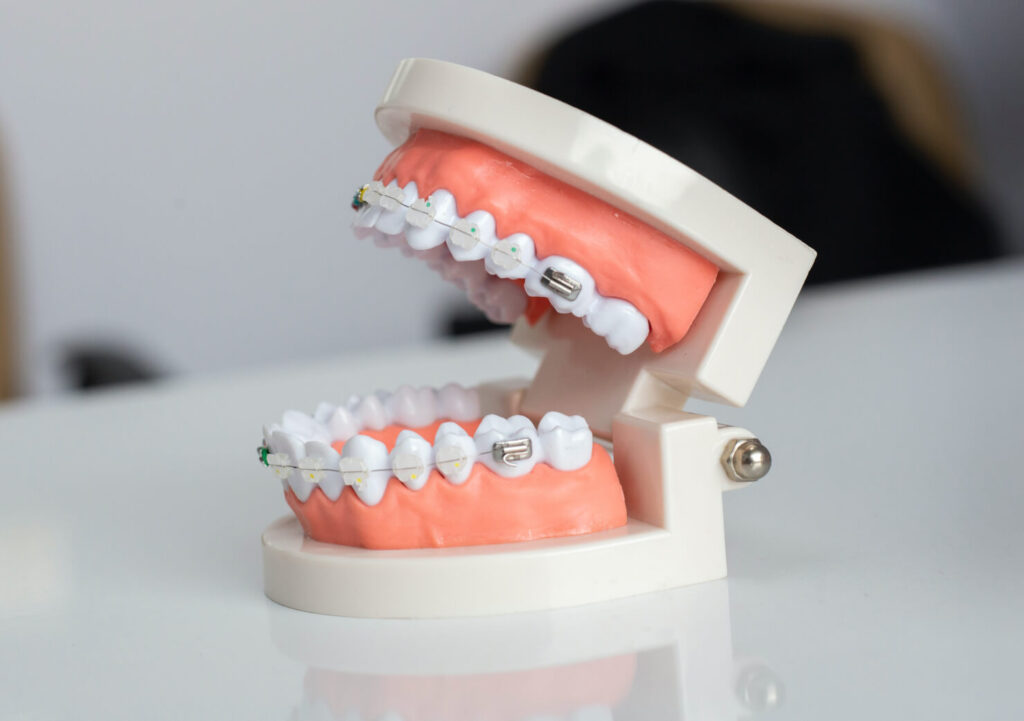Diagnosing the health of the dental pulp, the inner core of the tooth housing nerves and blood vessels, is a critical aspect of dental assessment. The health of this pulp is essential for the overall well-being of the tooth. Pulp sensibility and vitality tests are fundamental in determining the status of this vital component of your dental structure. In this article, we’ll delve into the significance of these tests and their role in diagnosing the health of the dental pulp.
Understanding Pulp Sensibility and Vitality
What is Pulp Sensibility?
Pulp sensibility refers to the response of the dental pulp to external stimuli. Various tests are conducted to evaluate this, including thermal tests (hot or cold stimuli), electric pulp testing, and pressure application to assess the nerve response within the tooth.
Vitality Testing
Vitality tests aim to determine the vitality or “life” of the dental pulp. They examine if the pulp is living, dead, or in a state of degeneration. Common vitality tests involve thermal tests, electric pulp testing, and pulse oximetry to measure blood flow in the pulp.
Significance of Pulp Sensibility and Vitality Tests
Early Detection of Issues
Pulp sensibility and vitality tests play a crucial role in the early detection of potential dental problems. Changes in sensitivity or vitality can indicate issues like inflammation, infection, or nerve damage in the dental pulp.
Accurate Diagnosis
These tests aid in providing a comprehensive understanding of the pulp’s health. They help in diagnosing various conditions such as irreversible pulpitis, pulp necrosis, or pulp degeneration, allowing for appropriate treatment planning.
Treatment Planning
Accurate diagnosis through these tests guides dental professionals in determining the most suitable treatment. Based on the results, treatments may range from conservative procedures like pulp capping to root canal therapy or tooth extraction in severe cases.
Post-Treatment Evaluation
After certain dental procedures, such as root canal therapy, pulp sensibility and vitality tests are useful in evaluating the success of the treatment. They confirm the restoration of the pulp’s health and function.
 Types of Pulp Sensibility and Vitality Tests
Types of Pulp Sensibility and Vitality Tests
Thermal Tests
The application of hot or cold stimuli to the tooth helps assess the pulp’s response to temperature changes. Cold tests, using ice or refrigerants, are commonly employed to check pulp health.
Electric Pulp Testing
This test involves applying an electrical stimulus to the tooth to evaluate the nerve response. It measures the electrical resistance of the pulp, aiding in determining its vitality.
Pulse Oximetry
Pulse oximetry measures the blood flow within the pulp, offering insights into its vitality. It utilizes a sensor to detect oxygen saturation levels in the blood vessels of the pulp.
Conclusion: Importance of Pulp Sensibility and Vitality Testing
Pulp sensibility and vitality tests are invaluable tools in the diagnostic armamentarium of a dental professional. They provide insights into the health and function of the dental pulp, aiding in accurate diagnosis and effective treatment planning. These tests not only contribute to the preservation of the dental pulp but also help in maintaining the overall health and function of the tooth.
This detailed article explores the importance of pulp sensibility and vitality tests in diagnosing the health of the dental pulp, emphasizing their role in accurate diagnosis, treatment planning, and post-treatment evaluation.


 Types of Pulp Sensibility and Vitality Tests
Types of Pulp Sensibility and Vitality Tests


